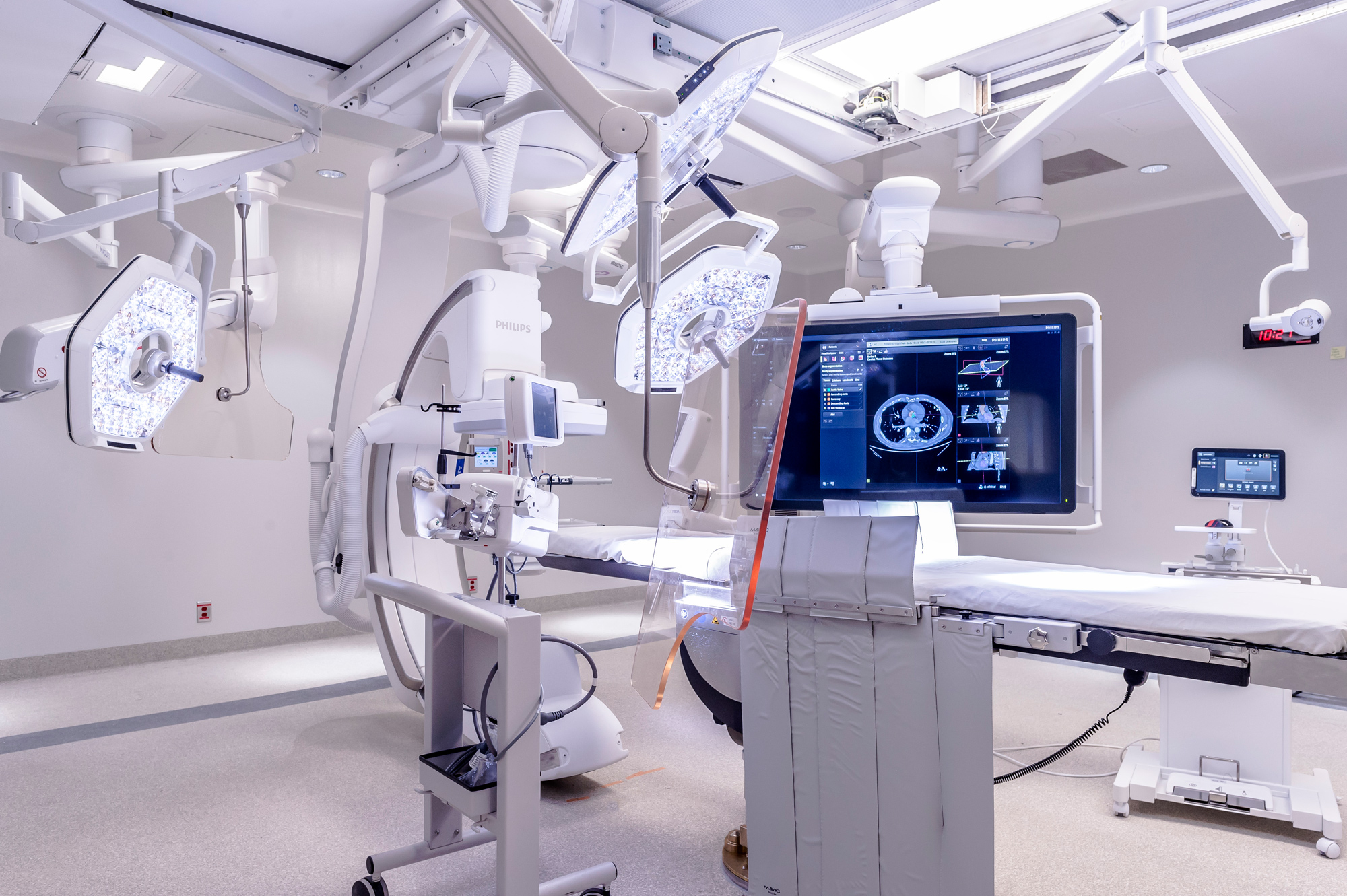By Bradley Turcotte –
Canada’s largest cardiovascular health centre can be found right here in Kitchissippi and now the University of Ottawa Heart Institute’s patients and specialized teams are flowing to a new, innovative facility.
The expansion provides 145,000 square feet of space, an additional surgical critical care unit for 27 beds, nine catheterization and electrophysiology labs, five operating rooms, including one hybridized room, and one shelled-in operating room for future use.

The move is the culmination of a multi-year project to expand and improve the Heart Institute’s facilities in a bid to meet the demands of an ageing and changing patient population. These upgrades ensure residents of the Champlain Local Health Integration Network (LHIN), which services 1.3 million Canadians, continue to have access to high-quality specialized cardiac services when they need them.
Technological upgrades at the new facility include the acquisition of the da Vinci Surgical System, which facilitates complex surgical procedures that are both minimally invasive for the patient and allow for shorter recovery periods, as well as Azurion Image Guided Therapy equipment, the largest installation of its kind in the world, allowing clinical teams to perform a wide routine of complex procedures with confidence.
The enhancement “marks the end of an exhaustive process for our team, but also the beginning of a new era of cardiac care in our region,” Dr. Thierry Mesana, the Heart Institute’s president and CEO, says. “Our new facility not only reinforces our cardiovascular care, research, and training capacities, but it also ensures that our patients continue to receive world-class care, from an extraordinary team evolving in a state-of-the-art environment. This is our promise.”
32-year-old David John Walters was “relieved” when he was diagnosed with genetic restrictive cardiomyopathy in 2003. Now a permanent Canadian resident, David received a new heart in his native Australia in 2006.
When David needed to locate a Canadian heart specialist, friends recommended the renowned services of the Heart Institute.
Excited to check out the new facility at a check up later this month where he will undergo an angiogram, David admits he doesn’t research the procedures he will be subjected to for the rest of his life.
“I don’t like to think about it before I go, then I get nervous,” David laughs.
However, Heart Institute staff tend to calm David’s nerves by pumping humour into his visits and he says he is “100 per cent” satisfied with the care he receives.
“They are very personable. It’s not a neurological doctor who is very serious. You can joke around with them.”
David credits the doctors at the Heart Institute with keeping him alive and describes the work they do as “invaluable.”
“They are the ones who look after me and make sure I am okay. Without them, I wouldn’t stand a chance of surviving,” David says. “From what I hear, it is one of the best [cardiovascular health centres] in North America. The Heart Institute means a lot to many people. They are doing a great job, even for rural patients. They help a lot of people out and do a great job at it as far as I am concerned.”